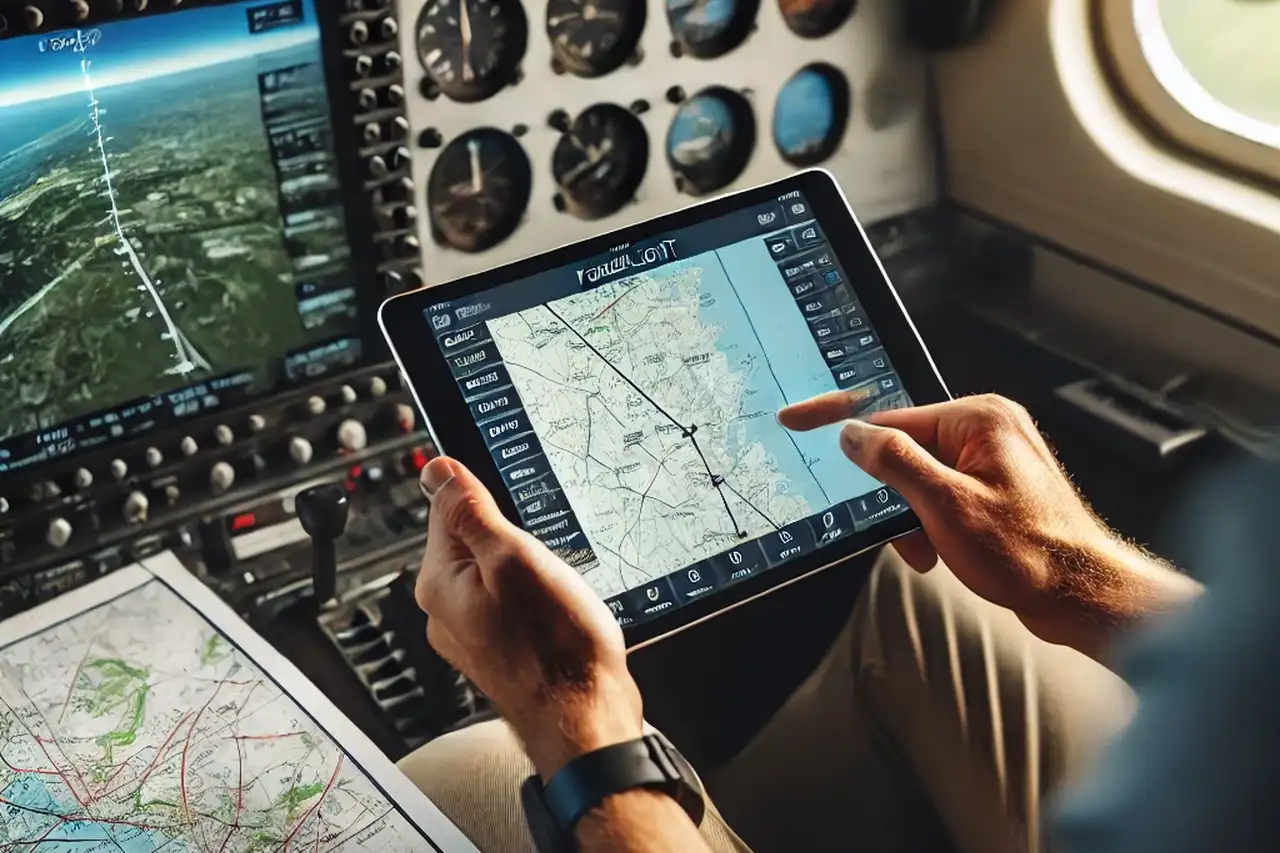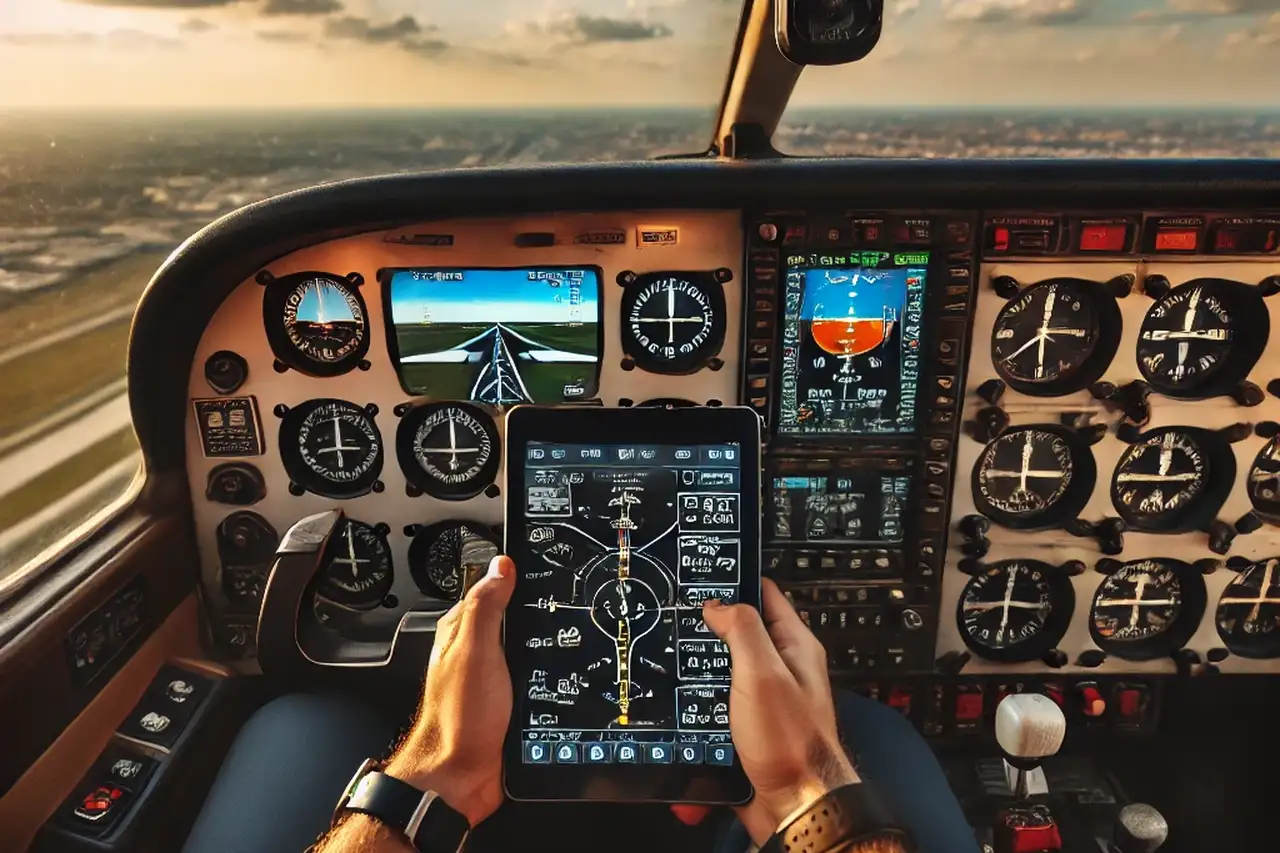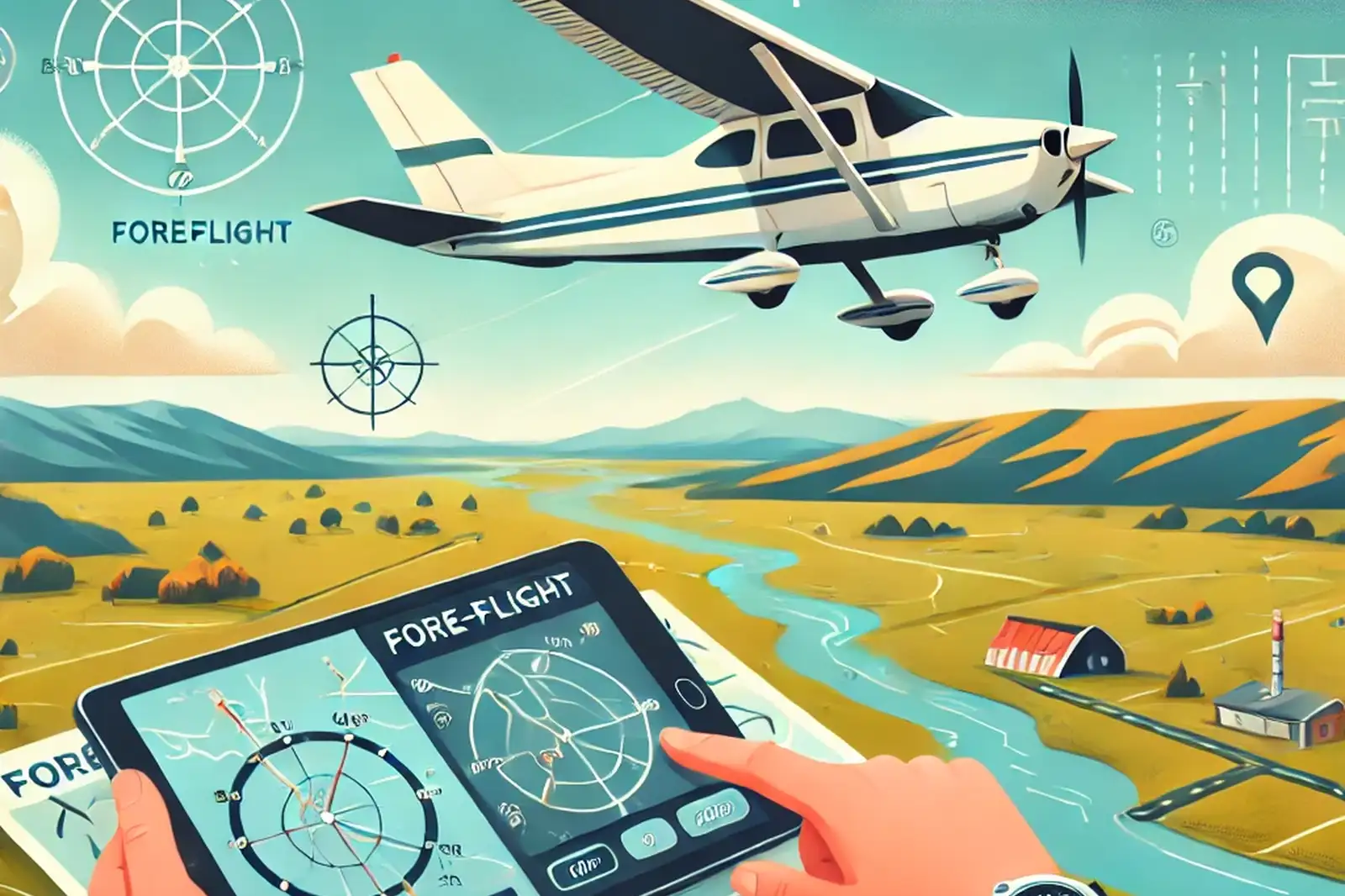Cross-country flights represent a quintessential aspect of aviation, offering both exhilarating experiences and unique challenges. Whether you’re a student pilot embarking on your first significant journey or an experienced aviator fine-tuning your skills, understanding and navigating the hurdles of cross-country flying is crucial. This article explores key challenges and provides strategies to ensure a successful flight.
Pre-Flight Planning
Route Selection and Weather Considerations Selecting the optimal route is fundamental. This involves analyzing various factors such as terrain, airspace restrictions, and available airports along the way. Utilizing sectional charts and electronic flight planning tools can streamline this process. One highly recommended tool is ForeFlight, which offers comprehensive features to assist pilots in route planning and weather assessment. ForeFlight provides detailed sectional charts, real-time weather updates, and airspace information, making it an invaluable resource for route selection. The app's graphical interface allows pilots to visualize their route, identify potential hazards, and select the safest and most efficient path. Additionally, ForeFlight's NOTAMs (Notice to Airmen) and TFRs (Temporary Flight Restrictions) alerts keep pilots informed about any airspace changes that could impact their flight. Weather Considerations with ForeFlight Weather remains the most unpredictable variable in flight planning. ForeFlight's integrated weather briefing tools offer detailed information about current and forecasted weather conditions. Before departure, scrutinize weather forecasts, METARs, and TAFs for both your departure and destination points, as well as any alternate airports. ForeFlight's radar and satellite imagery provide real-time data to help you anticipate and mitigate weather-related challenges. The app also offers turbulence and icing forecasts, which are crucial for planning safe flight altitudes and routes.

Pre-Flight Planning
Fuel Management Proper fuel management is non-negotiable. Calculate your fuel requirements meticulously, considering factors like wind speed and direction, aircraft performance, and potential delays. ForeFlight's fuel planning feature allows pilots to estimate fuel consumption based on aircraft performance data, helping ensure that you have adequate fuel reserves for the entire journey. Understanding your aircraft’s fuel consumption rates and having a robust refueling plan at strategic points along your route can prevent fuel-related emergencies.
En Route Navigation
Airspace Awareness Navigating through various types of airspace requires a clear understanding of regulations and potential restrictions. Be vigilant about controlled and restricted airspace, ensuring you have the necessary clearances and avoiding prohibited zones. Using ForeFlight’s real-time airspace information can enhance situational awareness and ensure compliance with airspace regulations. Communication and Coordination Effective communication with Air Traffic Control (ATC) and other aircraft is paramount. Clear, concise communication helps in managing traffic and receiving timely updates about any changes in weather or airspace conditions. Familiarize yourself with standard radio communication procedures and practice active listening to avoid misunderstandings.

In-Cockpit Navigation
Managing In-Flight Challenges
Weather Changes Weather can change rapidly during a cross-country flight. Developing the ability to interpret weather reports and forecasts in real-time is essential. If you encounter unexpected weather, be prepared to alter your route or make a precautionary landing. Understanding how to read radar returns and utilizing onboard weather systems, if available, can provide critical information to navigate through adverse conditions safely. Emergency Preparedness Emergencies can arise despite meticulous planning. Familiarize yourself with emergency procedures specific to your aircraft. Practice scenarios such as engine failure, electrical malfunctions, and system failures. Always have an alternate airport or landing site in mind and ensure your passengers are briefed on emergency protocols.

See and Avoid
Post-Flight Considerations
Debriefing and Learning After completing your cross-country flight, conduct a thorough debrief. Analyze what went well and identify areas for improvement. Review your flight, evaluate fuel consumption against your calculations, and assess how effectively you managed weather and airspace challenges. Learning from each flight enhances your skills and prepares you for future journeys. Aircraft Maintenance Ensure that your aircraft undergoes a detailed inspection post-flight. Check for any signs of wear or damage that may have occurred during the flight. Regular maintenance and prompt addressing of any issues ensure the aircraft remains in optimal condition for future flights.
Enhancing Cross-Country Flight Skills
Continuous Training Continuous learning and training are key to mastering cross-country flights. Participate in advanced flight training courses that focus on navigation, weather interpretation, and emergency management. Simulated cross-country flights can provide valuable experience in handling unexpected situations without the risks associated with real flights. Utilizing Technology Leverage modern technology to enhance your cross-country flying skills. Advanced flight planning software like ForeFlight, GPS navigation systems, and real-time weather tracking tools offer significant advantages. Staying updated with the latest technological advancements in aviation can streamline your flight planning and execution processes. Cross-country flights are a rewarding aspect of aviation, offering opportunities for growth and adventure. By understanding and preparing for the inherent challenges, pilots can ensure safe and successful journeys. From meticulous pre-flight planning and effective en-route navigation to managing in-flight challenges and continuous learning, mastering cross-country flights is a journey of its own—one that demands dedication, knowledge, and a passion for flying.
